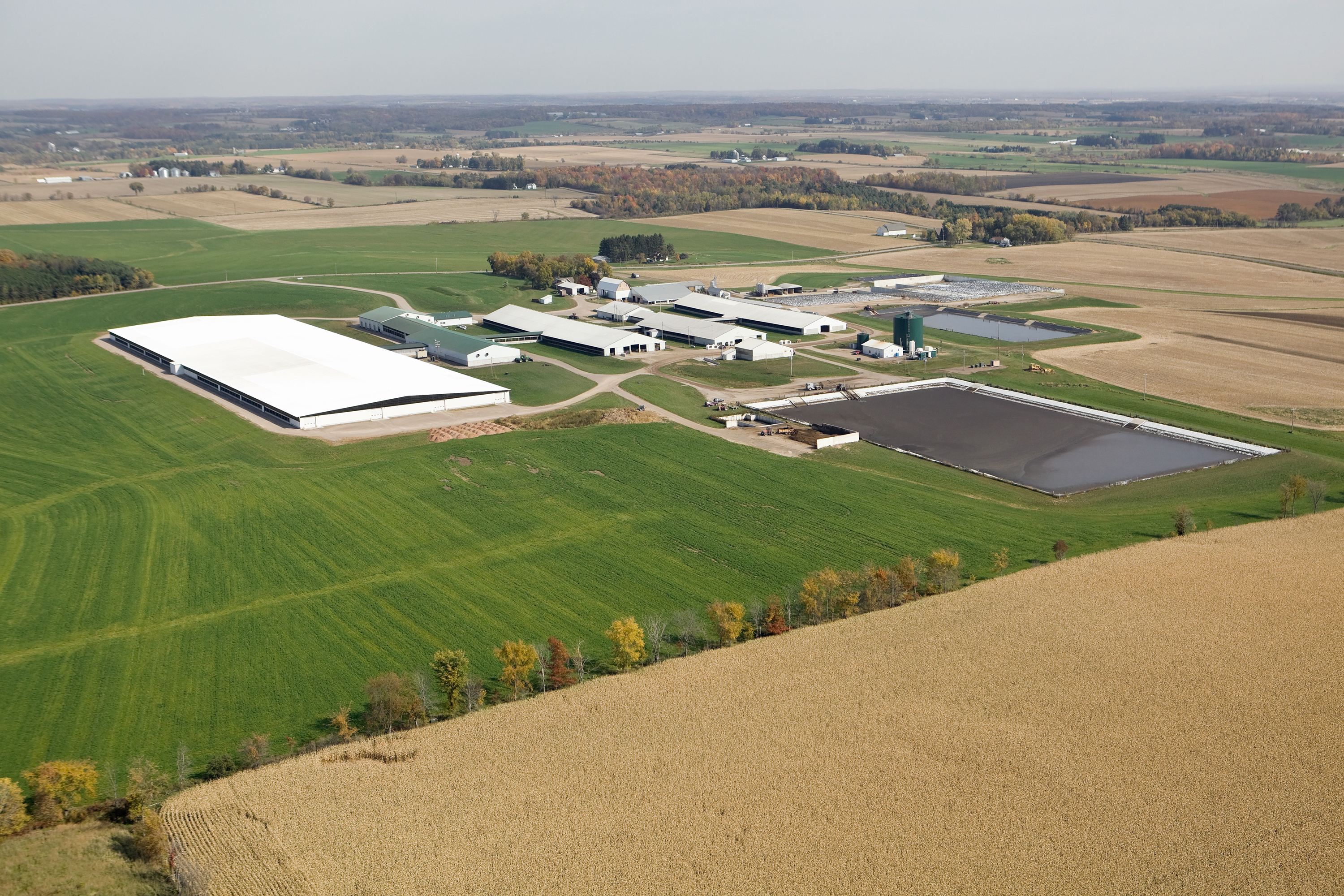John Law published a paper in 2006 in the journal Environment and Planning about the situation “developed” countries of the world find themselves in. That is, they are precariously vulnerable to an incursion of a fast-moving animal disease that exists elsewhere in the world.
He starts with a metaphor of the “failure” of the levees along the mighty Mississippi in 1993. I personally witnessed the flooding along the Minnesota River near St. Peter that summer. The Minnesota River runs into the Mississippi, which, along its southward course, is chaperoned by over 1,600 miles of levees designed by the U.S. Army Corps of Engineers. These levees are intended to keep the river from flooding the surrounding towns and countryside – most years. In the years when the flows exceed the design capacity of the levees (i.e., 11% higher than the flood of 1927), there will be flooding. In 1993, 17,000 square miles of floodplain were submerged.
Analogous to levees along a river, countries have trade barriers designed to facilitate trade with partners that meet certain standards. Disease status is one criterion used to regulate the flow of animals and animal products. In relation to foot-and-mouth disease, countries are categorized as “free without vaccination,” “free with vaccination” or “endemic,” according to the World Organization for Animal Health. Those that are free without vaccination enjoy a special status and can export animals and animal products anywhere (that is willing to buy them). Such countries enjoy reaping the benefits of intensive production systems, animals whose productivity is not depressed by a specific disease and no costs associated with vaccinating against it. However, as Law points out, the move by the United Kingdom and the European Union to become free without vaccination was like “draining wetlands and building on them.”
Law explains that both hydraulic engineers and disaster sociologists refer to a “levee effect.” “This is the false sense of security that grows among those who live behind the dikes,” he says. Those protected become further removed from memories of what the disease is like and become more entrenched in practices that make it very likely for diseases to spread quickly if the levees are breached. The incidence of foot-and-mouth disease in countries previously free of disease generally behaves as modeled; there have been mostly small outbreaks, with occasional catastrophic ones, such as the one in the United Kingdom in 2001.
Drawing on the work of Charles Perrow regarding sociotechnical systems, such as nuclear power plants and air traffic control systems, Law moves on to describe how systems can be characterized by their coupling and their complexity. The “just-in-time” nature of flows in a tightly coupled system leaves little room for error. Such systems are very sensitive to delays or disruptions in one area. For example, if animals can’t move at one end of the production cycle or another, animals will no longer make it to their intended destination as animal protein and byproducts. Most commercial animal agriculture today fits the mold of a being a tightly coupled and complex system. It is vulnerable to supply chain disruptions due to novel diseases of humans or of animals, as experienced recently in the U.S. with COVID-19 and, before that, porcine epidemic diarrhea virus (PEDv) – which also happens to be a coronavirus. Perrow describes failures in such systems as “normal accidents,” meaning they are to be expected.
This got me thinking about foot-and-mouth disease. There is something that can be done to protect the populations of susceptible animals. Vaccines exist. True, it wouldn’t be possible to predict which strain of virus might be the one to cross the levee, so we couldn’t pick the “right” strain of virus for this vaccine to be effective against it in advance. However, routinely administering a vaccine against any strain would secure the production capacity and logistics needed to deliver a correctly targeted vaccine fairly quickly when the need arises.
I have spent many years exploring avenues to increase biosecurity in agricultural production, such as better risk communication and social marketing of behavior, and while these are still important for promoting important self- and animal-protective behaviors, I find myself in agreement with Law. He concludes, “It is not possible to engineer a culture of safety across the whole of the agricultural system. The very idea is utopian.”
My question is whether we have the wisdom to better align our policies and practices with the nature of the agricultural systems we manage today and our own human nature when it comes to risky decisions.







